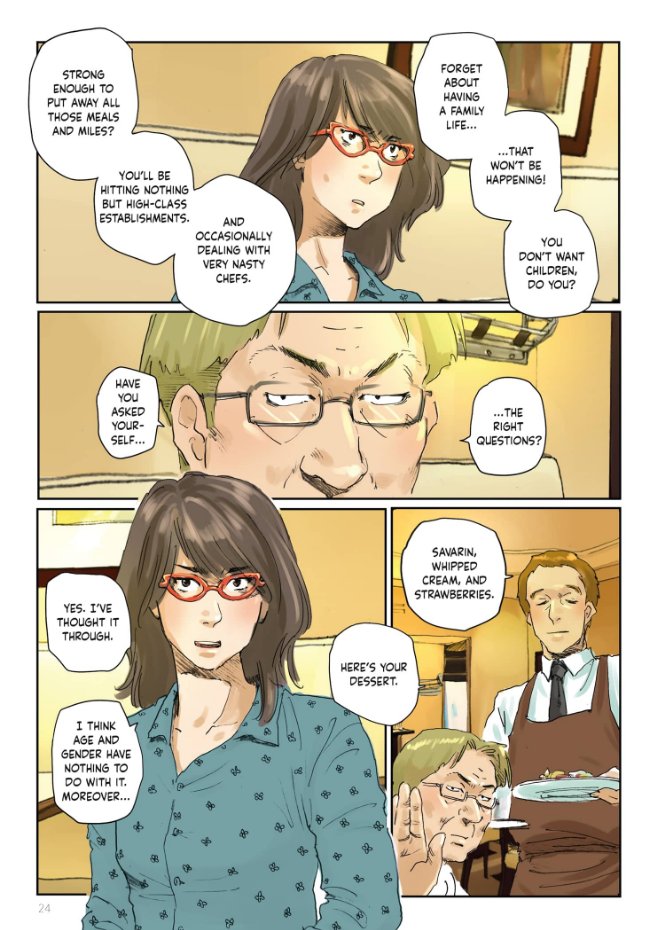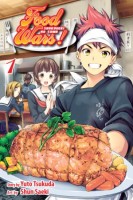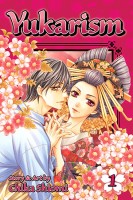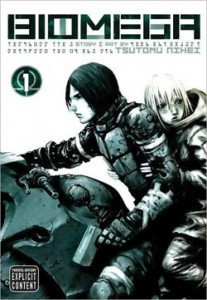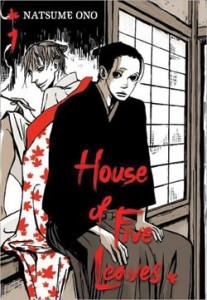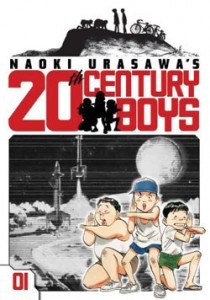Before Yelp! and Open Table made it easy to find a good restaurant, you had two options: consult your local newspaper’s Arts & Leisure section, or buy a guidebook that ranked and sorted joints by price, cuisine, decor, and service. Zagat’s, for example, offered pithy, sometimes withering, assessments of restaurants that were capped by a starred rating, while The Fearless Critic used a ten-point scale that resembled the scoring system for a gymnastics meet. The most trusted—in the US, at least—was the Forbes Travel Guide, which employed an army of undercover critics to evaluate hotels and restaurants, and rank them on a scale from “average” to “one of the best in the country”. Though different in tone and format, all three owed a debt to a much older publication: The Michelin Guide, which was introduced in 1900.
The Guide was the brainchild of Édouard and André Michelin, founders of the Michelin Tire Company. At the time their booklet debuted, France was just beginning to embrace the automobile; the brothers hoped that distributing free copies might encourage people to buy their first car, as the Guide contained a wealth of information for the would-be motorist, including maps, auto repair tips, and lists of hotels, garages, restaurants, and attractions. In the 1920s, the Guide introduced its first rating system, eventually settling on a scale of one to three stars. The Guide also began hiring anonymous male inspectors to visit restaurants and hotels around Europe, reasoning that the nature of the job—travelling solo for weeks at a time—made it impossible for a woman to perform.
Enter Emmanuelle Masionneuve, who joined the Guide almost 100 years after Michelin introduced its star system. Masionneuve had an unusual path to becoming an inspector, training first as a lawyer and journalist before pivoting into the culinary industry. After working for three France’s most esteemed chefs—Michael Bras, Alain Ducasse, Alain Passard—she decided to put her food expertise to the ultimate test by auditioning for the Michelin Guide. Emma Dreams of Stars: Inside the Gourmet Guide, co-written with Julia Pavlowitch and illustrated by Kan Takahama, tells Masionneuve’s story.
In the early chapters, Emma functions both as a character and a reader surrogate. We follow Emma through every stage of her training, from her initial interview to her first solo trip, along the way gleaning interesting tidbits about how inspectors maintain their anonymity, interact with chefs and hoteliers, and avoid heartburn. (Eating rich meals all day isn’t all it’s cracked up to be.) Emma Dreams of Stars also explores Maisonneuve’s efforts to navigate the stuffy male culture of the Michelin Guide, where she’s reminded on a daily basis that she’s the only woman inspector. Though most of her male peers are collegial, she feels the weight of being a trailblazer, worrying that even the smallest mistake will jeopardize her future with the Guide.
Of course, Emma Dreams of Stars is also a story about French cuisine, and that front, the authors deliver exceptionally well. Throughout the book, there are lengthy discussions about the merits of various cheeses and wines, as well as numerous soliloquies extolling the virtue of simply prepared dishes, locally sourced ingredients, and regional specialties. Artist Kan Takahama does an expert job of rendering the food, using a soft palette that captures the texture and presentation of each meal in life-like detail. The same is true of her backgrounds; every setting demonstrates similar attention to light, pattern, and color, making it easy for the reader to feel the atmosphere of every restaurant and hotel that Emma visits, from a chic Parisian cafe to a dim but cozy rural pub.
Whenever the shop talk threatens to stop the story in its tracks, Takahama breaks up the stream of chatter by breaking the flow of her tight, orderly grids. Characters burst out of the frame, allowing us to more fully appreciate their enthusiasm and resolve. As these panels demonstrate, Takahama has a great talent for faces, working in a naturalistic style that’s reminiscent of Naoki Urasawa; Takahama imbues each one of her characters with an individuality that speaks volumes about their age and experiences, as well their taste in food and wine.
Though Takahama’s artwork is stellar throughout the book, there are a few passages where the authors didn’t fully trust the images to tell Emma’s story, most notably when depicting her strained relationship with Thomas, her long-term boyfriend. The two never meet in person, but exchange increasingly tense voice mails and text messages that reveal just how much Thomas resents Emma’s growing independence. Takahama’s artwork does a great job of showing us how conflicted Emma feels, but the authors saddle these moments with heavy-handed voice overs that spell out what the reader can readily grasp from Emma’s facial expressions and body language: she’s determined to have a meaningful career on her own terms, even if that means leaving Thomas behind.
If these moments feel a little forced, Emma’s interactions with other female foodies do not. In one particularly delightful chapter, for example, the Guide dispatches Emma to the Côte Vermeille, where a chance encounter with Natalie, a local vinegar maker, leads Emma to a lively farm-to-table bistro on the outskirts of town. As Natalie and Emma chat about the terroir–the secret ingredient in Natalie’s concoctions–we can see how their expertise and enthusiasm helps them form an immediate bond; by the time they arrive at the restaurant, they’re chatting like old friends.
The same spirit of mutual respect animates Emma’s interactions with another culinary expert: Kanami, a travel guide who leads Emma through a whirlwind tour of Tokyo. Kanami explains the origins of particular dishes, challenges the Michelin rating for a famous restaurant, and takes Emma to the Tsukiji Market to see how local fishmongers transform enormous tuna into delicate morsels. Emma is humbled by the depth and breadth of Kanami’s knowledge, and vows to return to Japan so that she can “keep learning and growing.” By the time I finished Emma Dreams of Stars, that’s how I felt, too. I was reminded of how little most of us know about the food we eat, and pledged to develop a deeper, more thoughtful relationship with the meals I prepare, and the dishes I enjoy. Recommended.
EMMA DREAMS OF STARS: INSIDE THE GOURMET GUIDE • BY EMMANUELLE MAISONNEUVE AND JULIA PAVLOWITCH • ART BY KAN TAKAHAMA • TRANSLATED BY EAMON FOGARTY • KODANSHA COMICS • NO RATING • 192 pp.
